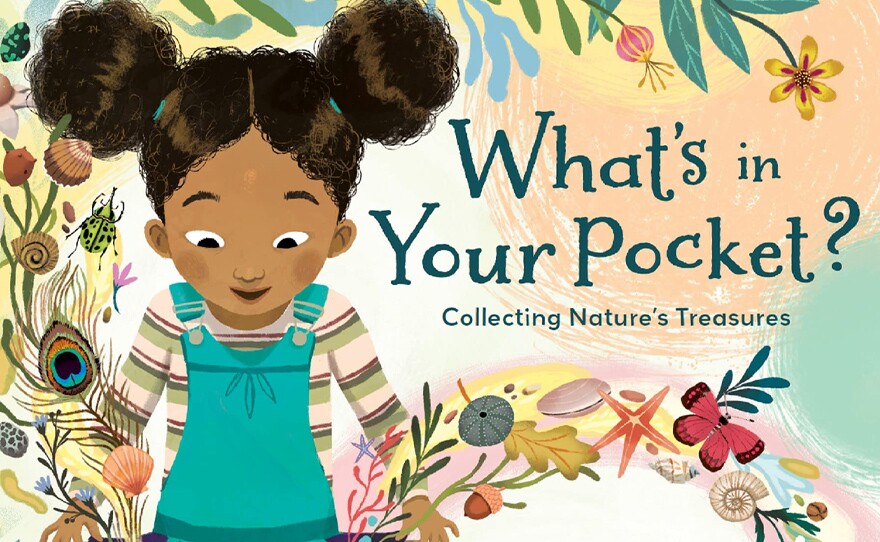WHAT’S IN YOUR POCKET? Collecting Nature’s Treasures written by Heather L. Montgomery and illustrated by Maribel Lechuga is a lively story of nine youngsters who in their childhood days gathered and collected things from nature that led them to become brilliant scientists in adulthood.
These kids who got started early on the scientific path include George (scientist George Washington Carver), Valery Jane ( primatologist Jane Goodall), Charles ( scientist Charles Darwin), Will ( naturalist William Bee Bee) and Meg ( biologist Meg Lowman) to name five of the nine featured kids.
The illustrations throughout are delightful and full of passionate kids. Their facial expressions are telling. This includes Mary Anning who is shown digging out something protruding from a cliff with great determination. And guess what---at the age of 12 she uncovered the skeleton of a huge lizard that lived during the days of the dinosaurs!
The back material gives more biographical information for each childhood collector and the dates that they lived or are living. The author also gives young readers her well thought out rules for collecting.
What’s in Your Pocket? Collecting Nature’s Treasures is a colorful celebration of the wonderful things that are possible when children are encouraged to look and collect. This book is designed for readers 4-8 years of age. (Charlesbridge, 2021).
The Children’s Bookshelf is a production of WCMU. Links to the podcast and the Activity Questions can be found at Children’s Bookshelf dot org.
Activity Questions for What’s in Your Pocket?
The nine child collectors discussed in this book were very interested in things they could find in the great outdoors. Have you ever collected things you found in your backyard, school yard, a nearby park or a beach? If so, do you still have the collection and are you still collecting? When you find a new piece to save as part of your collection how does it make you feel? If you have never collected begin today with the direction of a parent. Be sure to read the author’s rules for collecting found at the back of the book.
Older readers: Make sure you know what the following words, all from this book, mean: fossils, specimen, naturalist, primatologist, biologist, herpetologist and metamorphosis. Looking them up online or in a dictionary to make sure of their meanings is wise.
Younger readers: Find the following 12 items in the book’s beautiful illustrations: a seed pod, a glowing fish, chimpanzee, beetles, a notebook full of pressed flowers, a mouse, a lizard, a frog, a fish lizard skeleton, caterpillars, butterflies and a sea slug.



